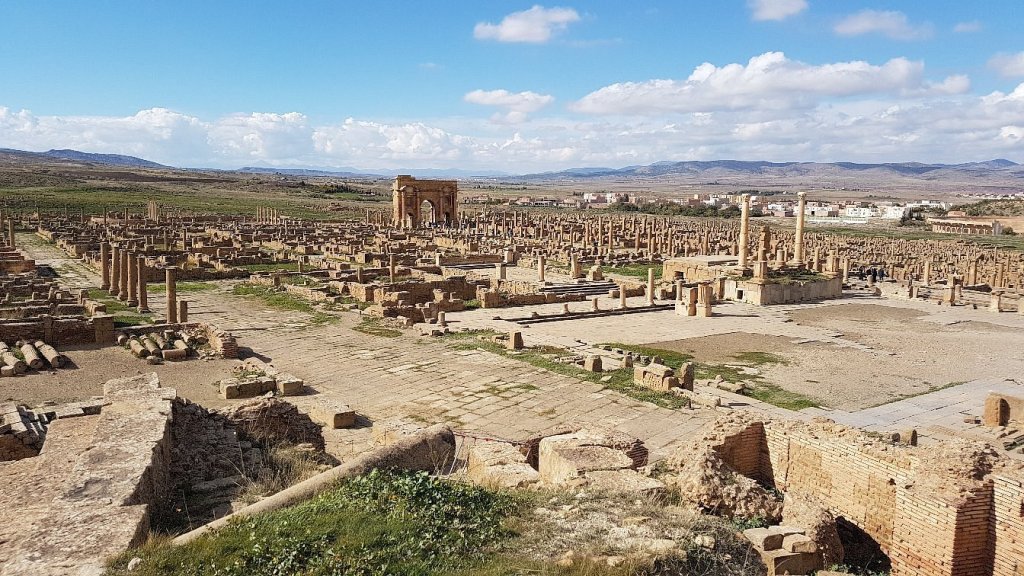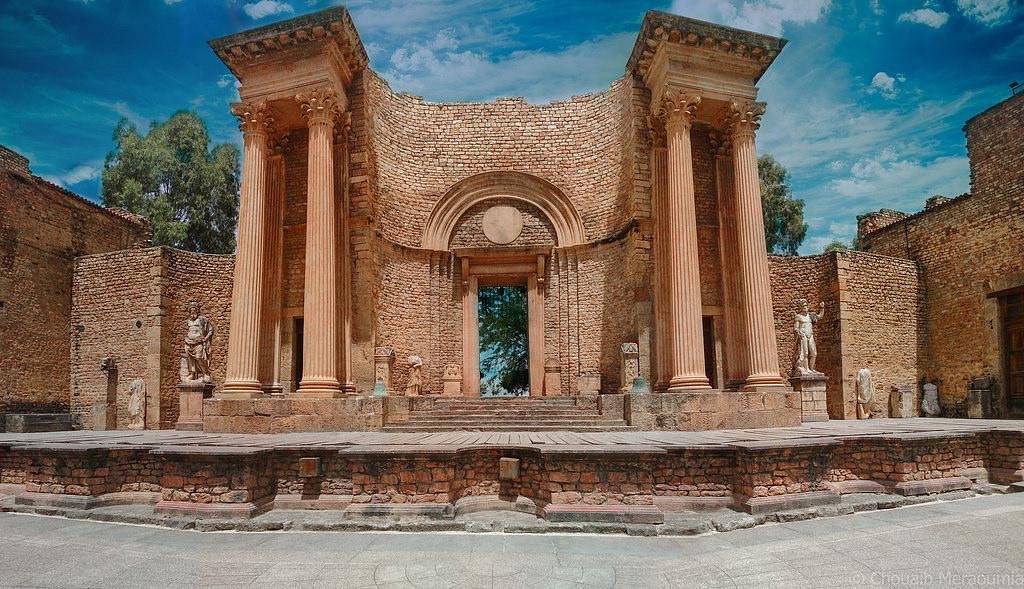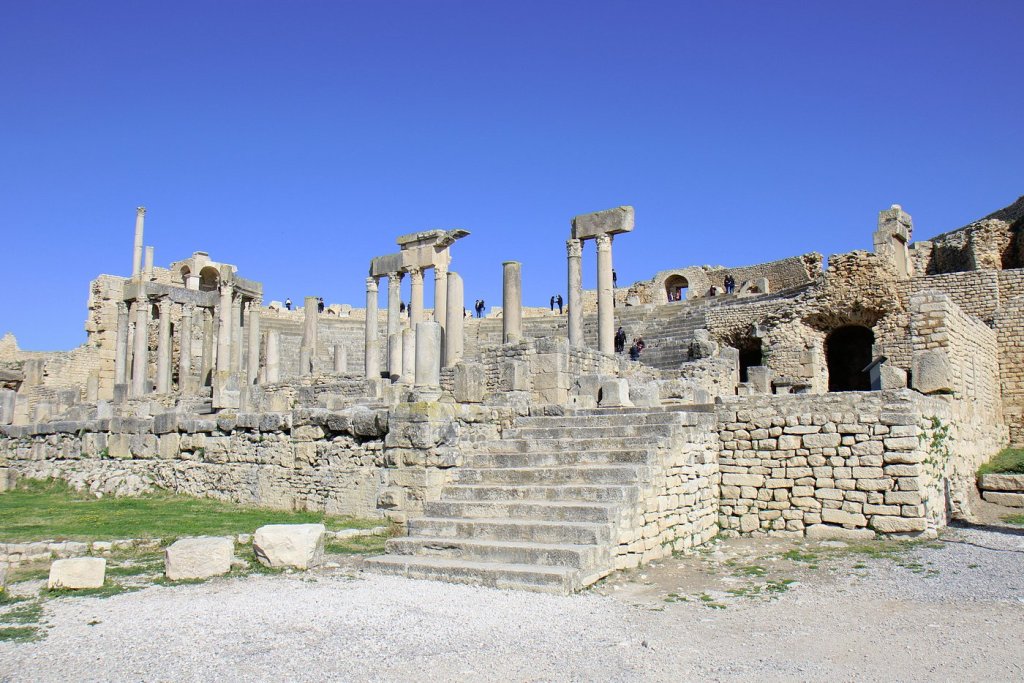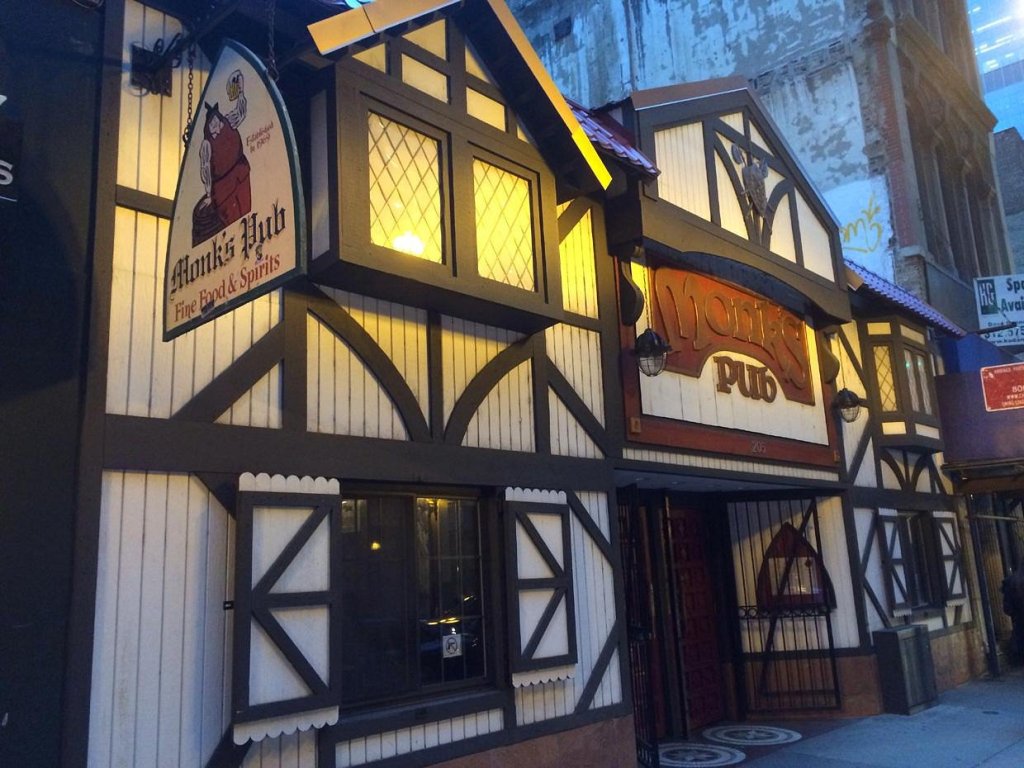Everyone knows that the Roman Empire was expansive.
If you’ve traveled around Europe, you might have encountered ruins from this antiquated civilization in major cities. That’s because Ancient Romans founded some of the world’s greatest European cities during their colonial campaigns into central and northern Europe.
London began as Londinium. Barcelona as Barcino. Zurich as Turicum. Cologne as Colonia Agrippina. Vienna as Vindobona. Budapest as Aquincum.
The list goes on and on.
But they’re far from the only cities harboring buried Roman ruins. And if you’re someone who’s on the hunt for Roman ruins or other ancient archaeological sites, you need to focus beyond Europe’s borders.
Specifically, you should be looking into sites in North Africa, home of the Carthaginians. Not only can you find Carthaginian ruins in countries like Tunisia and Algeria, but you can also find Romain sites. And some of them are better preserved than Italy’s best ruins.
Here’s what you need to know about visiting Roman ruins and other ancient sites in North Africa. First up: Algeria.
Roman Ruins in Algeria
When it comes to finding Roman ruins in North Africa, Algeria and Tunisia are the best options. Algeria, for example, is home to close to a dozen visitable sites. They line its northeastern coasts where ancient Romans would have landed and conquered.
Timgad

Timgad is a well-known and well-preserved former colony. The small outpost retains its grid-like shape. Even the library is partly visible, while the Trojan Arch remains almost fully intact millennia after its construction. No tourist lines, no degraded structures.
Djemila

Djemila is another Roman ruin worth visiting—one that recently became a UNESCO World Heritage Site. Here, you can still wander through a large forum, Trojan arch, and dozens of cobbled streets. Its market event includes ‘measuring cups’, which were carved into a stone table to make measurement easy for merchants.
Calama

Calama, hidden within the modern city of Guelma, is home to a 4,500-person amphitheater that’s in remarkable shape. A few other notable spots dot the theatre, including baths. But I think the amphitheater is jaw-dropping enough.
Roman Ruins in Tunisia
If you enjoy history, you can probably guess what our first stop in Tunisia is—the ruins of Ancient Carthage, located just outside the capital of Tunis.
(Remember that elephant-riding madman named Hannibal who decided to attack Rome from the north? He was from Carthage.)
Carthage

Carthage is the most well-known of North Africa’s ancient ruins. Like Djemila, it’s a protected UNESCO World Heritage site. Prior to the Roman takeover of Carthage, the city served as an important trading center for the Mediterranean for centuries. That means that visitors can note Carthaginian elements and Roman elements throughout the site.
Explore tours of Carthage here
Dougga

Dougga (Thugga) is described by UNESCO as a ‘small Roman town on the fringes of an empire’, which paints a lovely, if slightly intimidating, picture. Like Carthage, visitors might notice a few callbacks to its Carthaginian era. Dougga was once the Carthaginian capital city.
Bulla Regia

Bulla Regia is by far the coolest Roman ruin I’ve ever encountered. What sets it apart is its underground villas, many of which retain original mosaicwork. Like many other ruins, this city was influenced by the Romans, Carthaginians, Berbers, and Numidians. This area also has a vast amphitheater that’s still largely intact.




